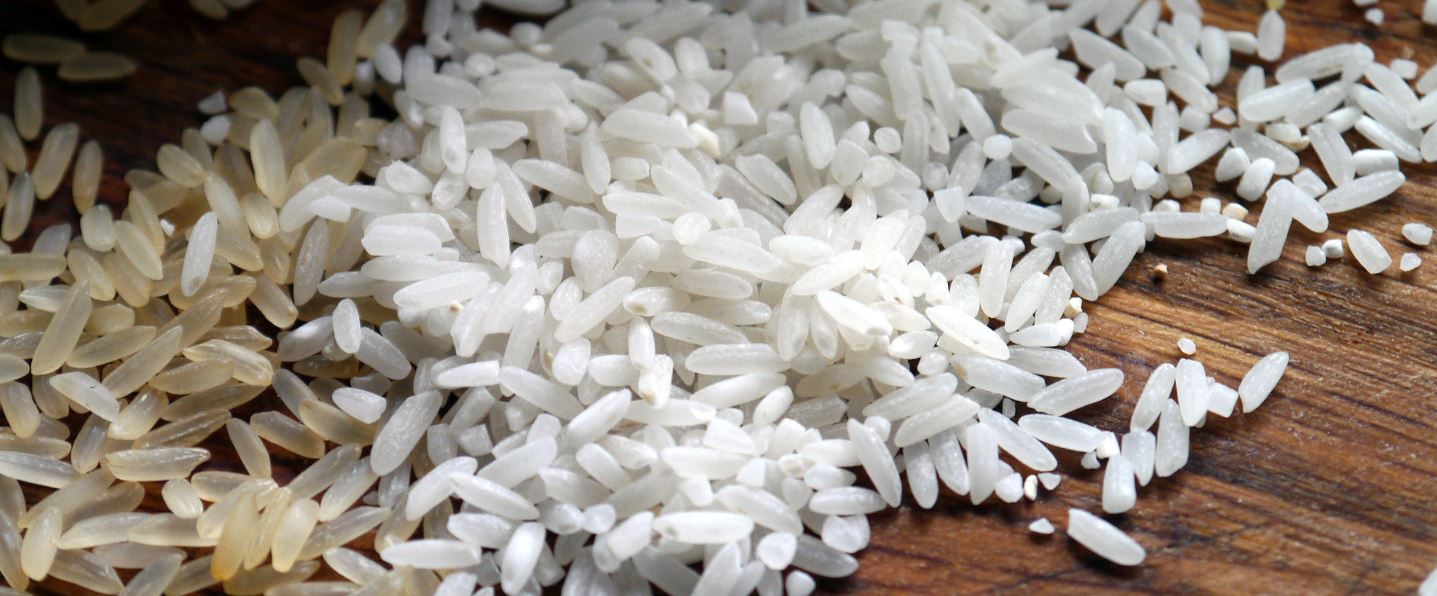BE CAREFUL HOW YOU COOK YOUR RICE, WARNS QUEEN'S EXPERT 
09 February 2017
Millions of people are putting themselves at risk by cooking their rice incorrectly, scientists at Queen’s have warned. Simply boiling it in a pan until the water has steamed out can expose those who eat it to traces of the poison arsenic, chronic exposure to which can cause a range of health issues including developmental problems, heart disease, diabetes, nervous system damage and cancer.
Arsenic contaminates rice during the growing phase as a result of industrial toxins and pesticides. While it is generally believed traces of arsenic are expelled when the rice is cooked, it has now been claimed this only takes place when the rice is soaked overnight.
Rice is the only major crop grown under flooded conditions. It is this flooding that releases inorganic arsenic, normally locked up in soil minerals, which is then absorbed by the plant. And the arsenic can remain in the flooded paddy fields where the rice is grown for decades, research suggests.
Typically, rice has ten times more inorganic arsenic than other foods and according to the European Food Standards Authority, people who eat a lot of rice, as is the case in many parts of the developing world, are exposed to worrying concentrations. Children and infants are of particular concern as they eat, relatively, three times more rice than adults – baby rice being a popular food for weaning – and their organs are still developing.
Andy Meharg, Professor of Biological Sciences at Queen's Institute for Global Food Security, and a leading expert on rice contamination, tested three ways of cooking rice for the BBC programme Trust Me, I’m a Doctor (available on the BBC iPlayer until 09 March) to see whether it altered the levels of arsenic.
In the first method, Professor Meharg used a ratio of two parts water to one part rice, where the water was “steamed out” during cooking — a method commonly used. He found this left most of the arsenic present.
By contrast, when the he used five parts water to one part rice and washed the excess water off, levels of arsenic were almost halved, while in the third method, in which the rice was soaked overnight, levels of the toxin were reduced by 80 per cent.
The safest method of cooking rice is therefore to soak it overnight, then wash and rinse it until the water is clear, before draining it well and boiling in a saucepan, with a ratio of five parts water to one part rice.
According to research around 58 per cent of rice-based products in the UK contain high levels of arsenic. In earlier research, Professor Meharg has previously suggested that cooking rice in a coffee percolator would stop any arsenic from binding to the rice. By allowing steaming hot water to drip through the rice, contaminants will be washed away he concluded.
Catch up with Professor Andy Meharg on Trust Me, I’m a Doctor on the BBC iPlayer from 8'.30".
Media inquiries to Communications Office, tel: +44 (0)28 9097 3091.
Photo: Pixabay
Back to Main News
Top of Page